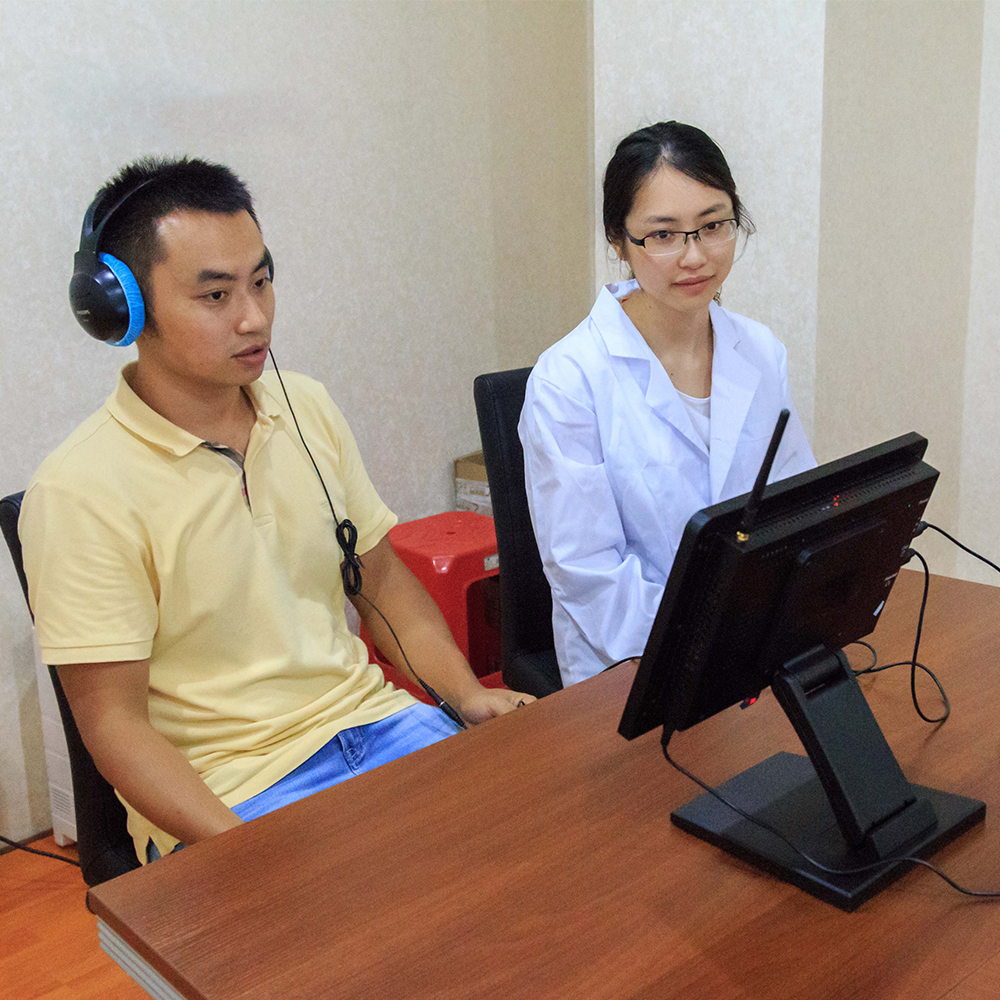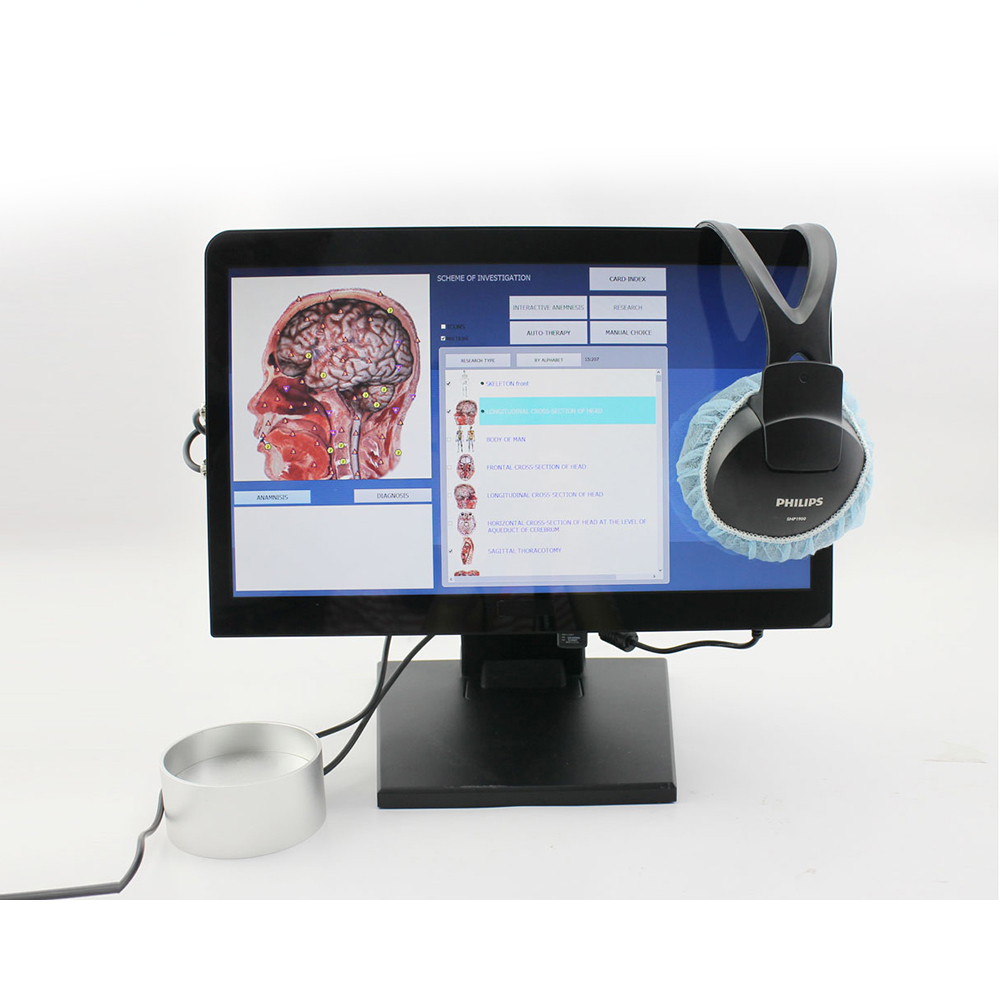Since the transfer of the coat protein gene of tobacco mosaic virus from tomato to tomato in the United States in 1986 and the development of tomato plants resistant to the tobacco mosaic virus, transgenic plants resistant to the cucumber leaf virus have also been successively successful. Scientists in China have used genetically modified methods to develop antiviral and antiviral tomatoes, and field trials have begun.
2 Antibacterial and fungal bacteria and fungi are major diseases in agricultural production. History has documented cruel events that have changed the lives of millions of people because of plant diseases. The most striking example is that Ireland (1845-1860) caused 1 million people to suffer from hunger due to the outbreak of potato late blight (fungal disease) and forced another 200 Millions of people immigrated to North America. It is estimated that potato production in the world is reduced by 25% annually due to bacterial diseases, which amounts to about 4 billion U.S. dollars. Conventional breeding breeds have made outstanding contributions to agricultural production, but in some cases, the development of disease-resistant breeding is limited due to the lack of antigens in the crop itself or in wild species. Recombinant DNA technology allows genes of different organisms to transfer to each other, opening up a new way to solve problems.
In the haemolymph of Bombyx mori, silkworm, and pupa pupa, 15 proteins were found after induction, which can be divided into three different types of bactericidal peptides: cecropin, Attacin, and lysozyme. There are Gram-negative and Gram-negative bacteria. Broad-spectrum antibacterial activity. The Janes Laboratory (1991) transferred cecropin B and two artificially synthesized bactericidal peptide genes into tobacco. After inoculation with R. solanacearum, it was found that the incidence of transgenic tobacco was delayed, and the disease index and mortality rate were reduced. Our laboratory collaborated with brothers to transfer the synthetic cecropin B and shiva A genes into seven potato cultivars in China. Identification of bacterial bacterium by greenhouse and field inoculation of R. solanacearum strains, and the biological ratio of certain special gene lines was initiated. Variety increased 1-3. J aynes et al. also used a computer to compare the bactericidal peptide structure and in vitro biological activity and found that some of the peptides can kill fungi, Plasmodium, and plant nematodes. They optimistically estimate that in the future it is possible to use a single gene to kill different pathogenic bacteria, fungi and nematodes of plants.
3 Insect pests The most studied and achieved results to date are two types of genes, namely the insecticidal protein gene of Bacillus thuringiensis and the protein trade-off pros and cons inhibitor gene isolated from cowpea and other crops. When pests feed on this transgenic plant, they kill it.
In 1987, Vaeck et al. demonstrated for the first time that tobacco transformed with the insecticidal protein gene of Bacillus thuringiensis was resistant to Nicotiana halodendron, whose expression level accounted for 0.0001% of the water-soluble protein can completely inhibit Nicotiana. Since then it has also been successful on tomatoes, resistant to tomato fruits and tomato codling moths. The insect-resistant blue flowers have been obtained after transformation of the engineered insecticidal protein gene into cotton according to plant-preferred codons, and field experiments have shown that they are resistant to Brassica juncea, Spodoptera exigua, and Helicoverpa armigera. It is estimated that cotton insecticides cost 645 million U.S. dollars each year, and the breeding of insect-resistant cotton will have a huge effect on reducing the amount of pesticides used and protecting the environment.
The second type of insecticidal gene is a protease inhibitor gene isolated from crops such as cowpea and potato. It is known that there are two types of injury-inducing protease inhibitors in solanaceous plants, inhibitor II inhibits chymotrypsin and trypsin, and inhibitor I inhibits chymotrypsin. Transgenic grasses expressing these genes have proven to be broad-spectrum resistant to many insects. In recent years, the laboratory of Mr. Qi Zhengwu of the Shanghai Institute of Biochemistry in China has also isolated the protease inhibitor gene from the Sagittaria and Cucurbitaceae crops, and is being transformed with protein engineering to obtain a more insecticidal and broad-spectrum insect-resistant gene. .
Insect feeding trials have proven that the Su Yunjin insecticidal protein plus protease inhibitors can increase insect killing by 2-20 times. It can be expected that the future development trend will be to transfer both types of genes to plants at the same time in order to increase the resistance to insects and to solve insect resistance problems.
4 Weed reduction in weed production in agriculture decreased from 8% in the 1940s to 12%. Most of the herbicides currently widely used are non-selective herbicides. Therefore it can only be used before sowing. The development of herbicide-resistant crops through genetic engineering can not only reduce the application of chemical herbicides, reduce environmental pollution, but also give greater flexibility in the selection of crops for crop rotation or intercropping.
Glyphosate is currently the most widely used non-selective herbicide that kills 76 of the 78 species of weeds in the world, is non-toxic to humans and animals, and is easily decomposed by soil microorganisms.
Herbicide-resistant transgenic plants are expected to be one of the earliest commercially engineered plants. However, before application, it is also necessary to consider whether the viability and yield of transgenic plants will be reduced, the potential for crossing with weeds, and the possibility that the crop itself will turn into weeds.
In the field of active homeostasis control have been introduced into the world market. The research workers of the Institute of Practical Psychophysics have made a breakthrough in the development of information preparations for the correction of the disturbed balance-homeostasis within the body and the neutralization
of environ- mental and infection pathological agents - they have put a new superactive home-ostasis control program on the market. The researchers at the Institute were the first to succeed in producing most effec-tive equipment that is capable of tuning to the frequency of master pulses automati-cally, without human interference, as well as of detecting and correcting defects and pathologies in organs and body cells on its own through a combination of different specifically modulated magnetic oscillations recorded on a matrix. The fundamental concept in the development of this equipment was a hypothesis that the
human body has an electromagnetic information framework which is able to respond to external radiation. The staff of the Institute of Practical Psychophysics managed to bring together different separate trends of valeology and thus actually make a quantum leap - work out a method of active homeostasis control. They
dealt with home-opathy, Chinese acupuncture with its further elaboration by Folle, Morell and Schimmel; the Indian Yajur -Veda and the theory of chakras; spin theory; phytotherapy and other methods. Theoretical and experimental work that made it possible to produce apparatus •• NLS ' - a nonlinear quantum generator.

8D Lris Nls has beeen used to check :
1. Fear.
2. Emotional.
3.Relationship.
4. It has AURA function which can show our weakness energy of our organ.
5. The most important thing is it can be used to check the bacteria,pathological, allergen analysis, microbes and parasites.
6. Biochemical dynamic level.
7. Homeopathy.
8. Most suitable and not suitable for foods.
9. Flower essences.
10. Unbalanced organ analysis.
11. Gemstone energy.
12. Herbs, etc.
13. Sample data library. So it can test the food allergy and suggest indications of the effect of the nutritional products.

8D LRIS NLS Description:
Complex Analysis of all organs and systems of the human body:(indications only)
1. The cardiovascular system.
2. Gastro-intestinal tract.
3. Genital-urinary system.
4. Musculoskeletal system.
5. Bronchi-pulmonary system.
6. The endocrine system.
7. Visual and hearing aids/organs.
8. The nervous system.
9. Biochemical analysis of blood without interference.
10. Infection in the organs and systems – viruses, bacteria, fungi, protozoa, helminths infection, etc.(staphylococci and streptococci, giardiasis, trichomonas, chlamydia, urea plasma, and so on).
11. Qualitative assessment of hormone levels, adrenal, pituitary, pancreas, thyroid, gonads.
12. Level of immunity.
13. Allergy diagnosis (complex tests up to 500 allergens).
14. Medical testing (individual selection of drugs).
15. Chromosomal diagnosis.
16. Laboratory Analysis (blood counts, biochemical parameters, hormones, trace elements).
17. AURA function :can show weakness energy of organ.
18. Treatment of pathological processes identified by the bio resonance therapy (meta- therapy).
19. The treatment method litho-therapy (spectral frequencies individually selected minerals) Fear, Emotional Matrix, relationship Matrix,etc.
Reported Conditions people have used with Bio resonance therapy:
1. Allergies.
2. Acute Infectious Diseases.
3. Bronchial Asthma.
4. Autoimmune Diseases.
5. Degenerative Organic Diseases.
6. Rheumatic Diseases.
7. Arthropathy.
8. Gynecological Disorders.
9. Immunodeficiency of varied origin.
10. Post-Vaccine Complications.
11. Intoxication and Toxic Stress.
12. Headache and Migraine.
13. Mycotic and Parasitic Disorders.
14. All Types of Pain.
15. Neurodermatitis and Eczema.
16. Sports Injuries.
17. Metabolic Diseases.
18. Pre and Postoperative Treatment(s).
19. Secondary Viral Disorders.
20. Urological Disorders.
21.Check person`s Emotional states eg:Fear, relationship etc.
22. AURA function :can show weakness energy of organ.
23. treatment method litho-therapy (spectral frequencies individually selected minerals)Fear, Emotional Matrix, relationship Matrix etc. and more.
24 Chinese Version.
Metatron Hunter,Touch Screen 8D Nls,Touch Screen 8D Lris Nls,8D Nls Analyzer
Shenzhen Guangyang Zhongkang Technology Co., Ltd , http://www.lighttherapymachine.com